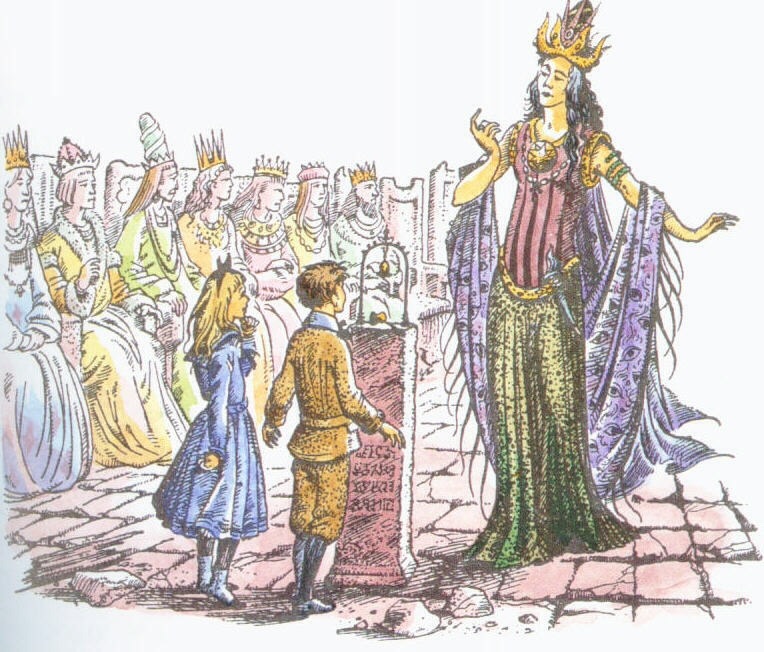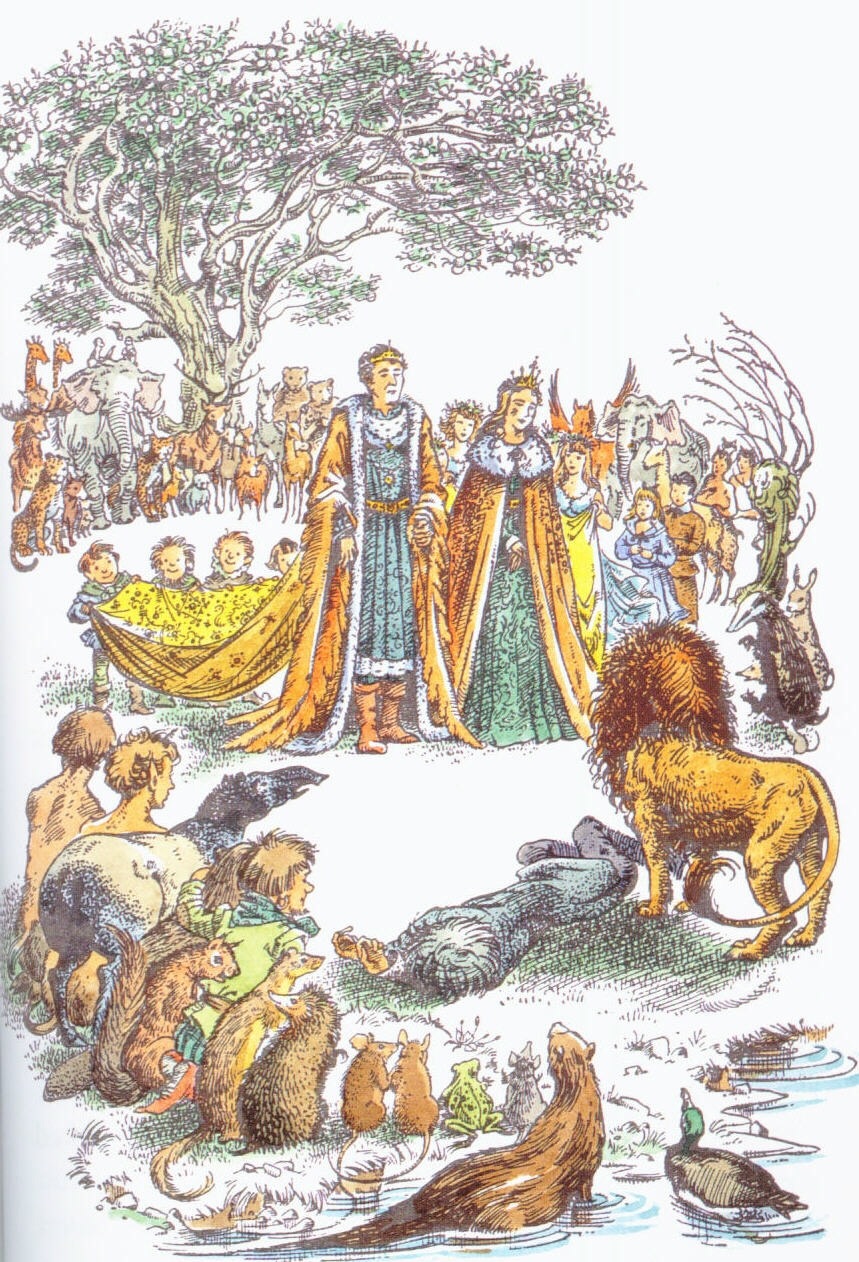
When author C.S. Lewis first began working on his classic children’s novel, “The Lion, the Witch and the Wardrobe,” which was released in 1950, he had intended it to be a standalone work. But he had so much fun imagining and writing about the fantastical world of Narnia that once he finished the book he decided to write a sequel, “Prince Caspian: The Return to Narnia,” and then five more books in the next five years. The publishers of the Narnia series originally ordered the books chronologically by their release dates, but it turns out that C.S. Lewis preferred that the sixth book in the series, “The Magician’s Nephew,” be read first, so in 2005 they were re-ordered. Since I started reading the series as a child, pre-2005 and only made it through the fourth book, “The Voyage of the Dawn Treader,” I never got a chance to read “The Magician’s Nephew,” so I decided to catch up with it to fill in my gaps in the Narnia series.
Originally a prequel to the series, “The Magician’s Nephew” was the most difficult of the Narnia books for Lewis to write — he initially started it as he was finishing up “The Lion, the Witch, and the Wardrobe,” but didn’t finish it until four years later. It stands out from the other Narnia books for its lighter tone and greater emphasis on humor. As the story begins, two children, Digory and Polly, meet while playing in the adjacent gardens of a long row of houses that are all joined together. They decide to explore the abandoned attic beyond Digory’s house but do not walk far enough, and they end up stumbling into the study of Digory’s Uncle Andrew. The children catch sight of some shiny green and yellow rings on a tray, and Uncle Andrew tricks Polly into touching one of the yellow ones, causing her to vanish. Digory is terrified by what he’s seen and his uncle then explains that he has been dabbling in magic and that the rings allow travel between one world and another. In order to save Polly, Digory takes another yellow ring so that he can follow her, and two green rings, which Uncle Andrew says should help them return to this world.

Digory eventually finds Polly in a strange woodland full of pools, each one leading into a different universe. Instead of returning to England, the two children decide to enter one of the pools, leading them to the ancient abandoned city of Charn, where Digory strikes a bell and accidentally awakens the beautiful and deadly witch-queen Jadis from an enchanted sleep. In an attempt to flee the evil queen and keep her from wreaking havoc back in England, the children use the rings again and end up in a new universe, where they meet the magical lion Aslan. What follows is the creation story of the land of Narnia, with Aslan bringing stars, plants, and animals into existence with the sound of his singing.
I loved reading this beautifully written, intelligent, funny and philosophical book, which instantly transported me back to Narnia, a place I looked forward to visiting and re-visiting as a child — both through Lewis’ books and through the animated film from 1979 that I watched over and over again.




